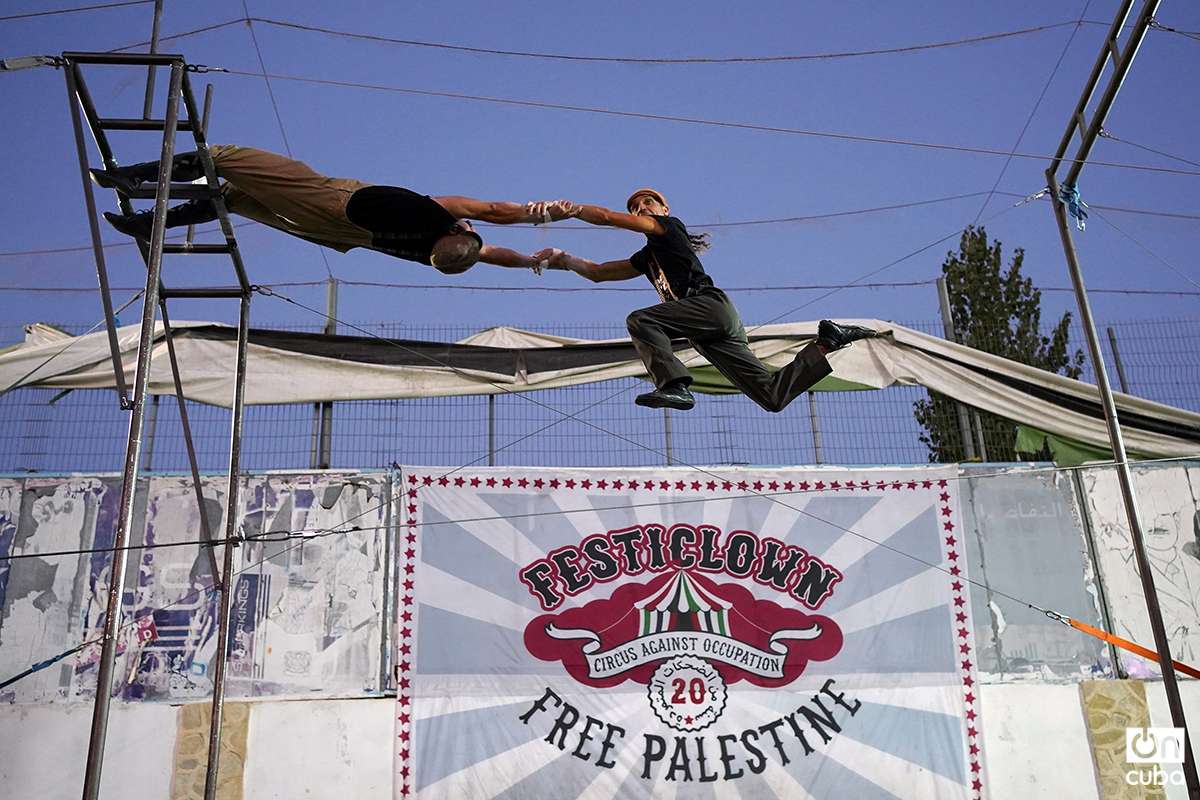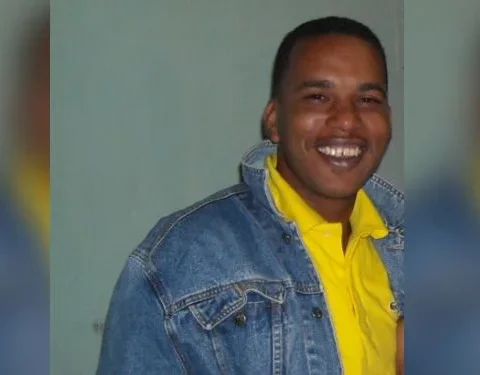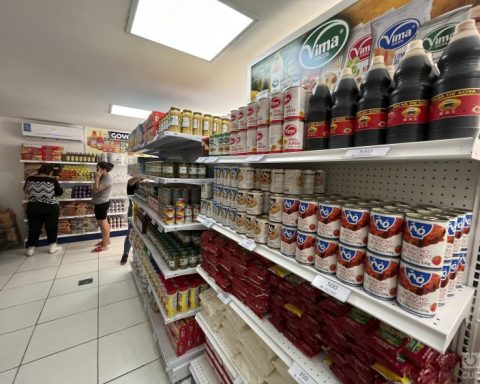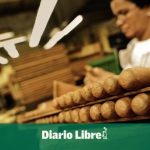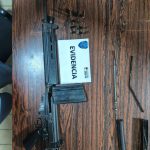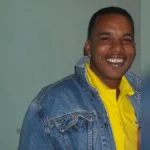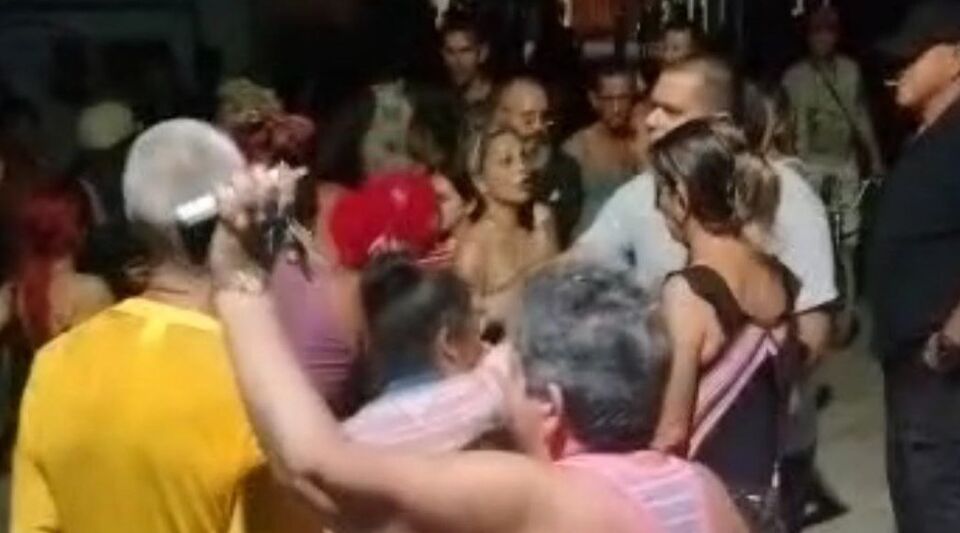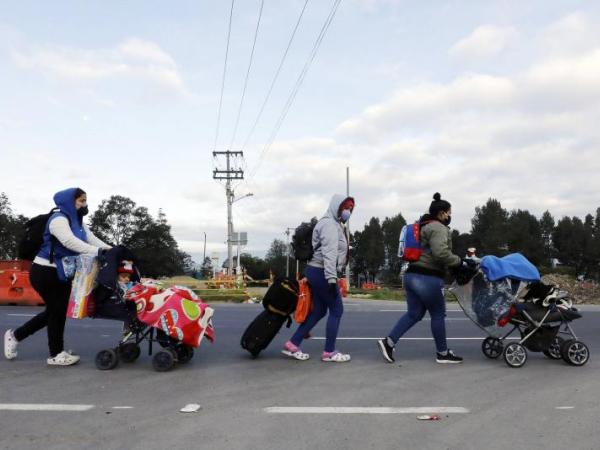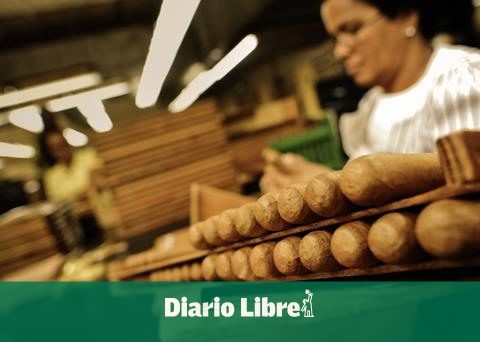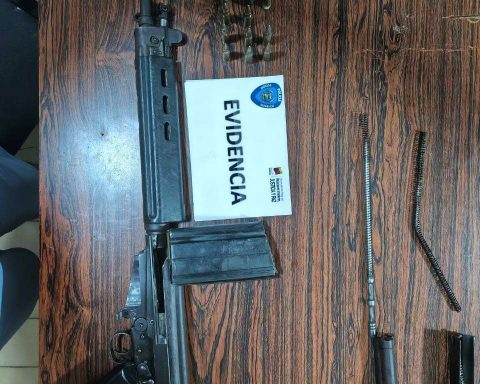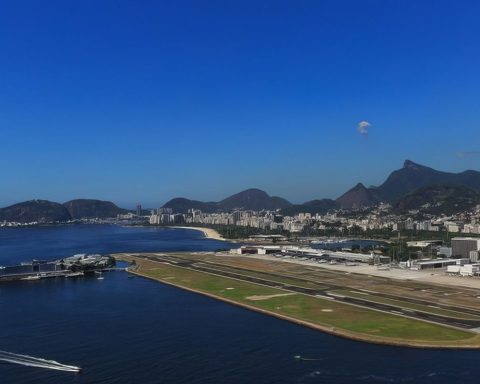From afar you could hear the hubbub, a mixture of music and children laughing and shouting in Arabic. When I arrived at the Youth Center of the Aida refugee camp, the activity, as Lucas would say, had already begun.
Members of the Spanish organization “Pallasos en Rebeldía” —it is not a misspelling, they are Galician and that is how clown is spelled in their language—performed for some 300 spectators as part of their week-long tour of Palestinian lands.

“Festiclown” is the name of the project and as a backdrop the artists had hung a huge poster with the legends “Circus Against Occupation” and in a larger font “Free Palestine”.
For Iván Prado, director of “Festiclown”, the objective of the tour “is to put the world of the circus at the service of freedom, peace and joy”. To achieve that “Palestine feels that it is part of the cities of the world that enjoy the circus normally, and feel embraced by the circus artists in their cause”.

It is not the first time that the “Pallasos in Rebellion” visit the Occupied Territories of Palestine. During this 7th edition of “Festiclown” the artists have performed before children from Nablus, Hebron, Ramallah, East Jerusalem and Bethlehem. “It has been an extraordinary reception”, continues Iván, “people surrender, look at us with light in their eyes and stop us on the street. The return has been spectacular”, this Galician clown concludes excitedly.
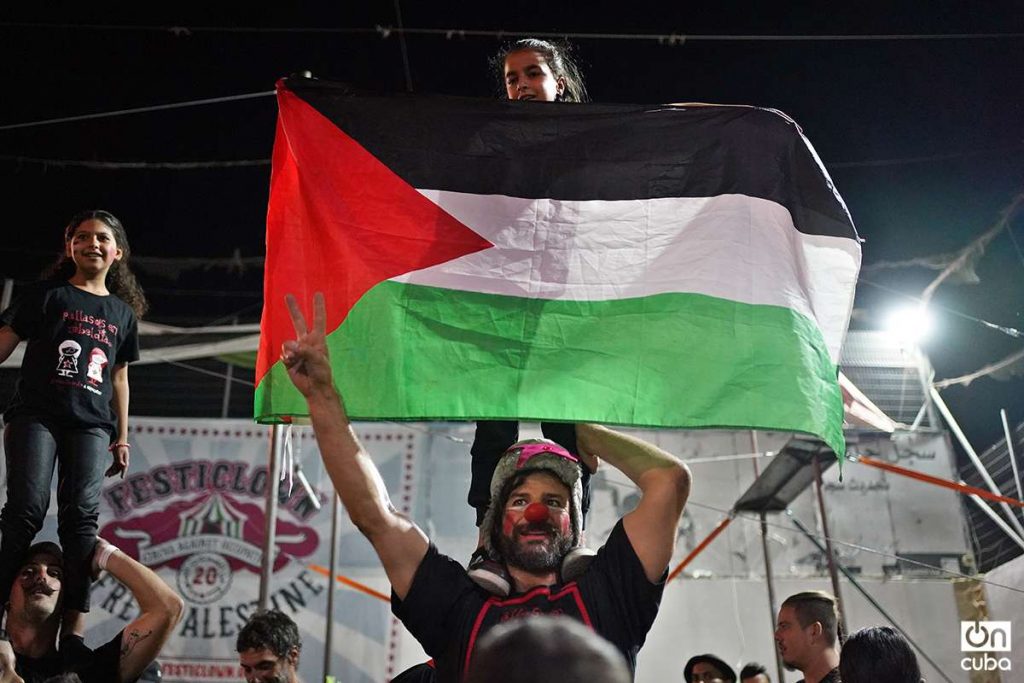
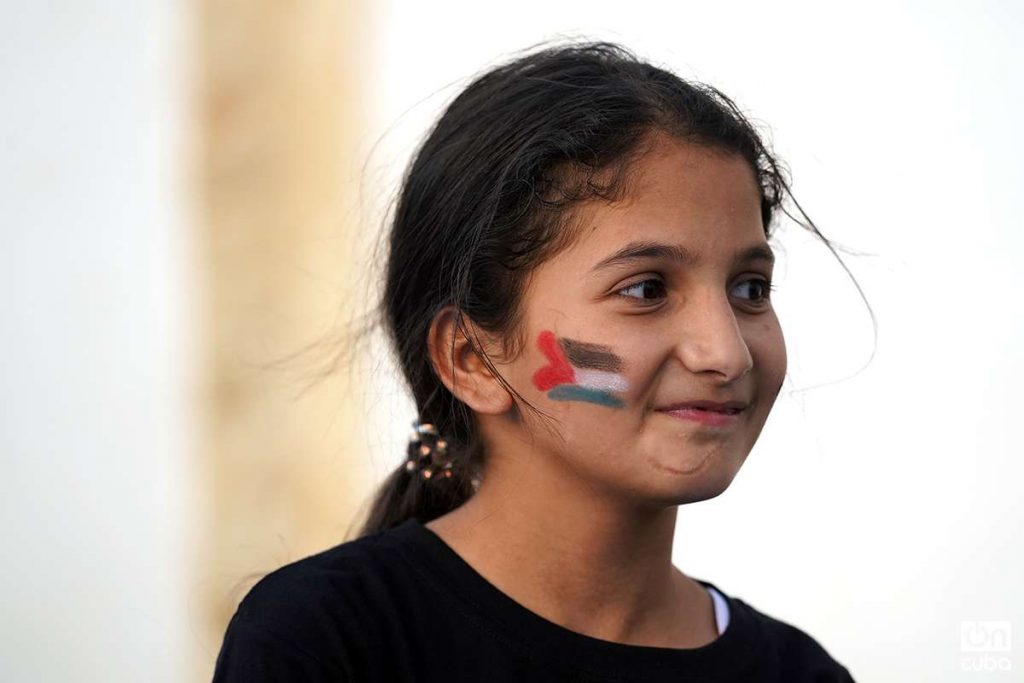
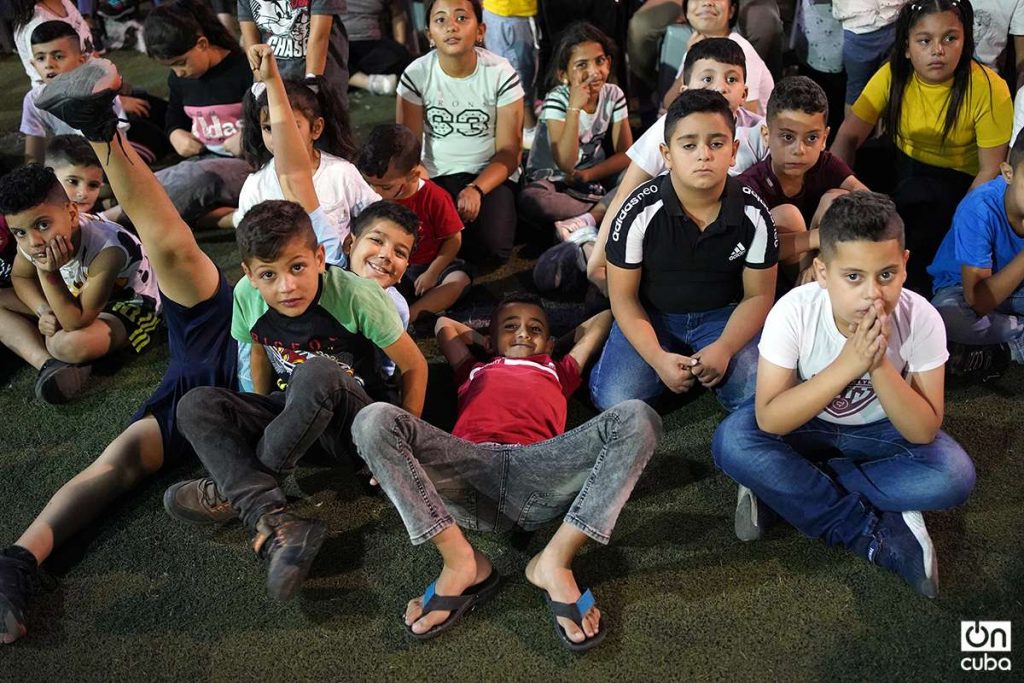
It was getting dark, the light was dim and I raised the ISO of my cameras, the pallasos They did their thing and the fiñes, although they did not understand the strange language that those strangers spoke, watched expectantly or laughed out loud at the pirouettes, acrobatics or false falls of the artists. They were having a great time, their happiness was contagious in the air, proof that art and solidarity can overcome walls, however high they may be.
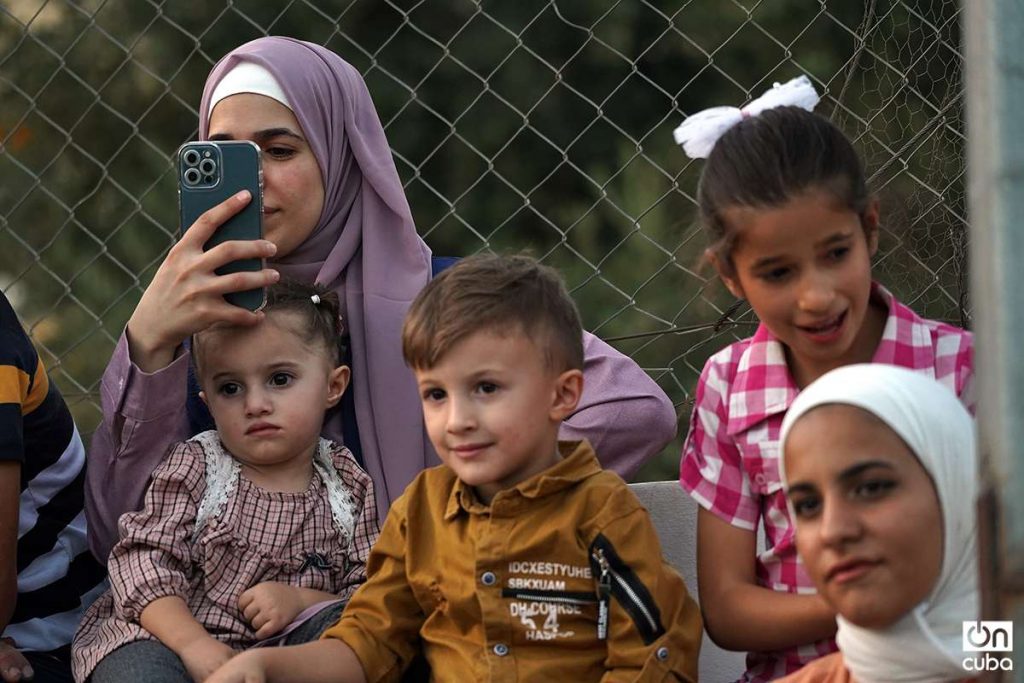
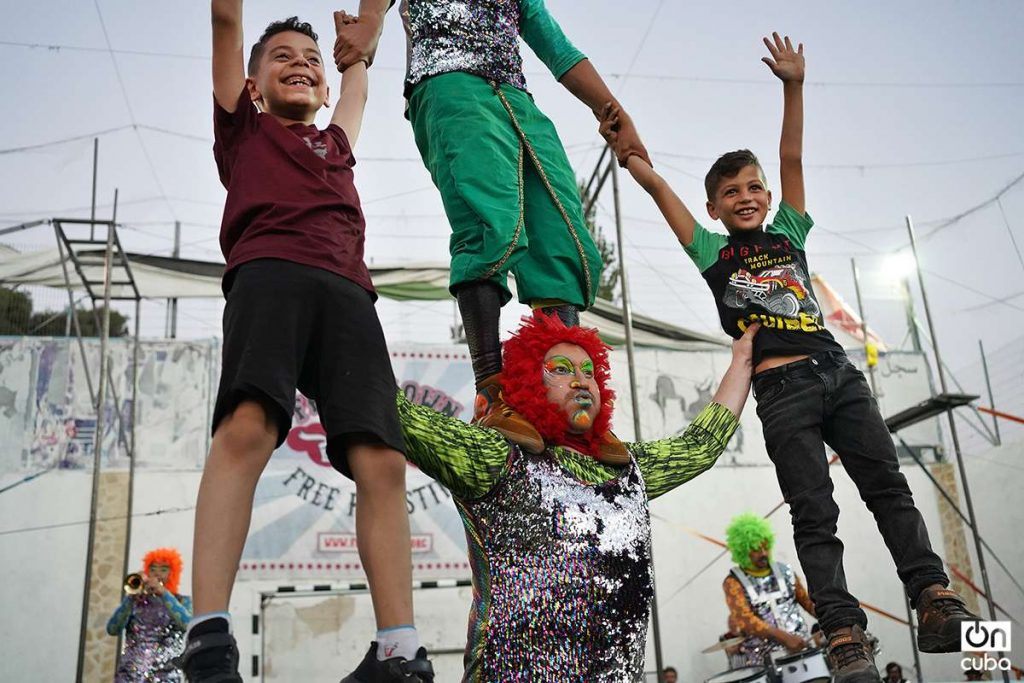
Aida is a Palestinian refugee camp, located on the outskirts of Bethlehem, in the West Bank, where some 5,000 people live. Currently under the jurisdiction of the Palestinian National Authority, it was created in 1950 by the UN to house civilians who fled their homes on the outskirts of Jerusalem during the first Arab-Israeli war. Aida was born after the nakba – the disaster – as the Palestinians call the creation of the State of Israel.
Isolated by the separation wall built by Israel after the Second Intifada, the Aida camp has only one primary school run by the United Nations, attended by around 400 students. The school is located next to a section of the impassable concrete fence and an Israeli army watchtower.



With musicians rapping, shouting “Free Palestine” and children waving Palestinian flags on the shoulders of clowns, the night closed. Everyone danced and laughed, together and well mixed Spanish and Palestinian, and in the middle me, a Cuban who does not dance, but who went home with the feeling that, at least for a while, the little refugees of Aida had disconnected of the hard day to day in which they live.
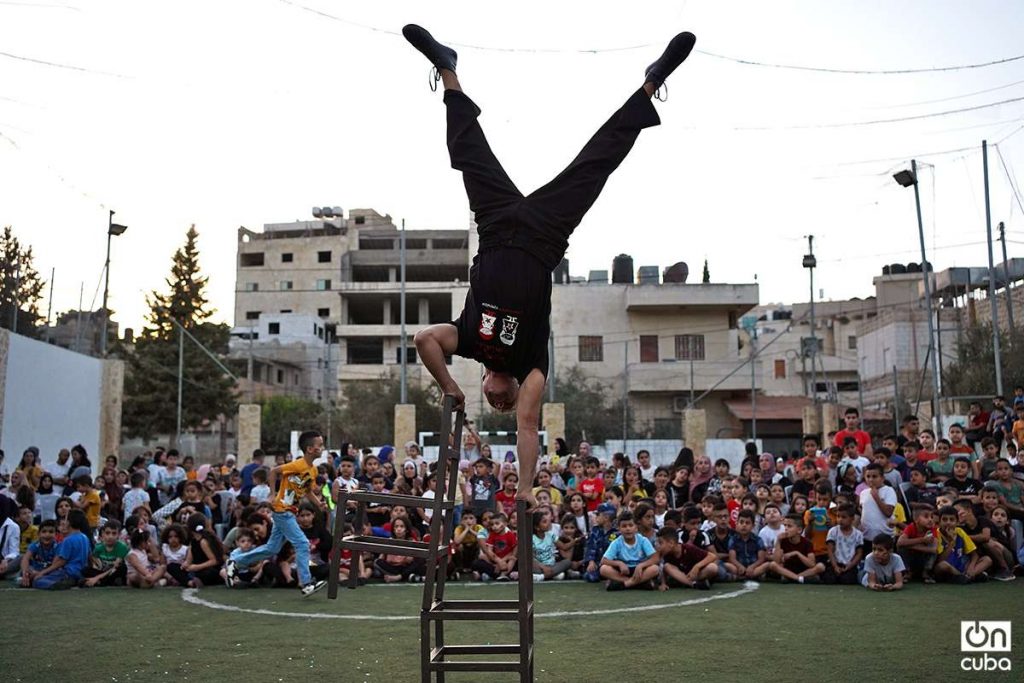

I was thinking about that, still in the euphoria of the end of the show, when I had to stop at a checkpointa small hole in the endless wall, where I had to show my documentation to the Israeli military to cross a border that cruelly delimits the lives of the children of Aida.

